NASA's New Horizons snaps awesome glowing Blue Halo around Pluto
NASA’s New Horizons spacecraft captured an image of Pluto, which shows a blue halo glowing around the planet.
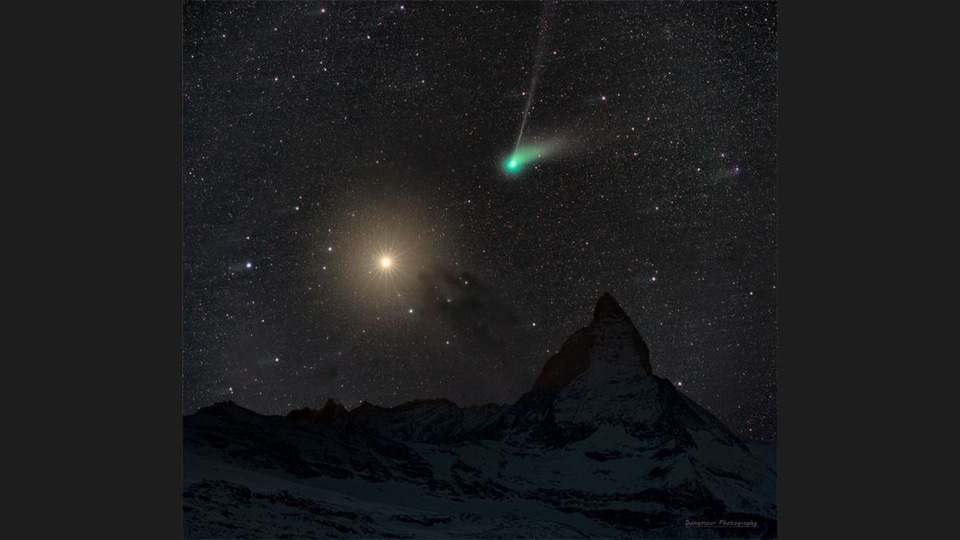
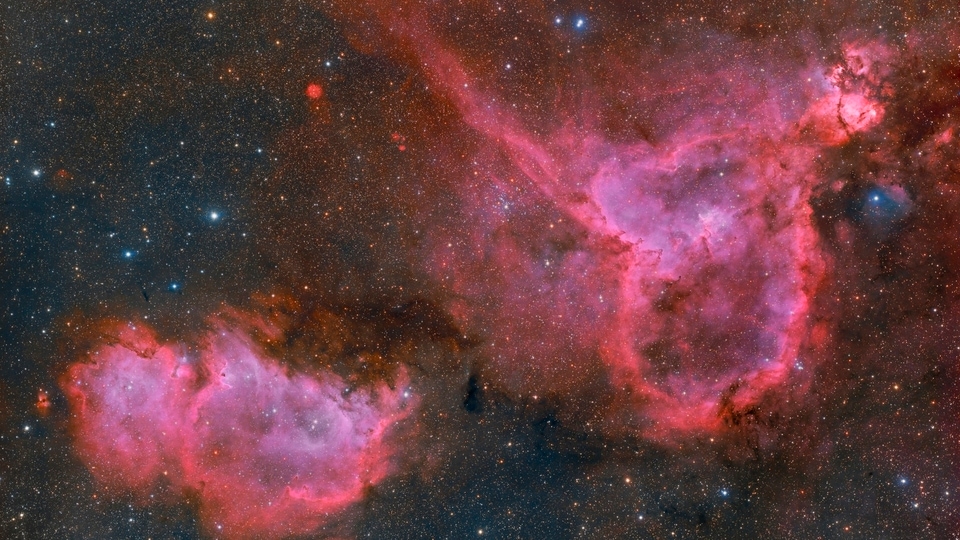
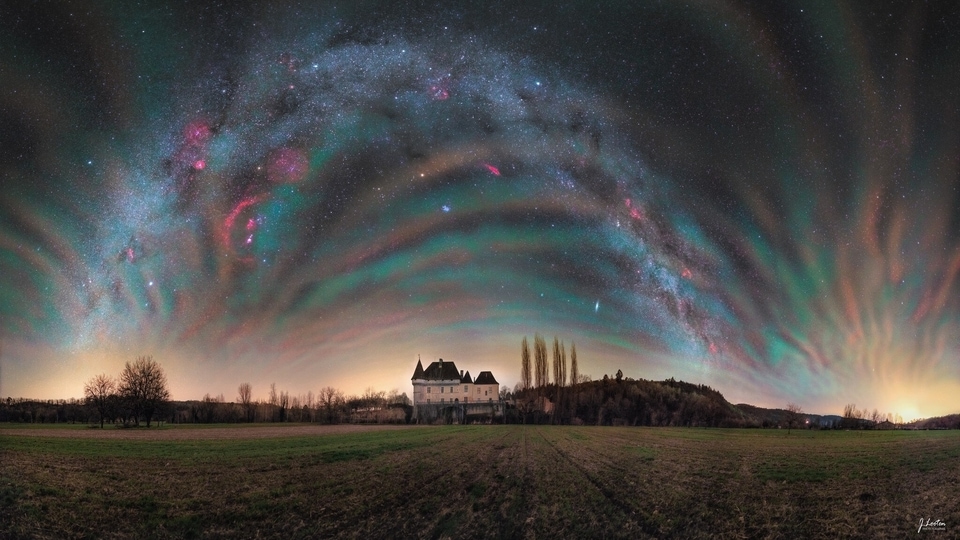

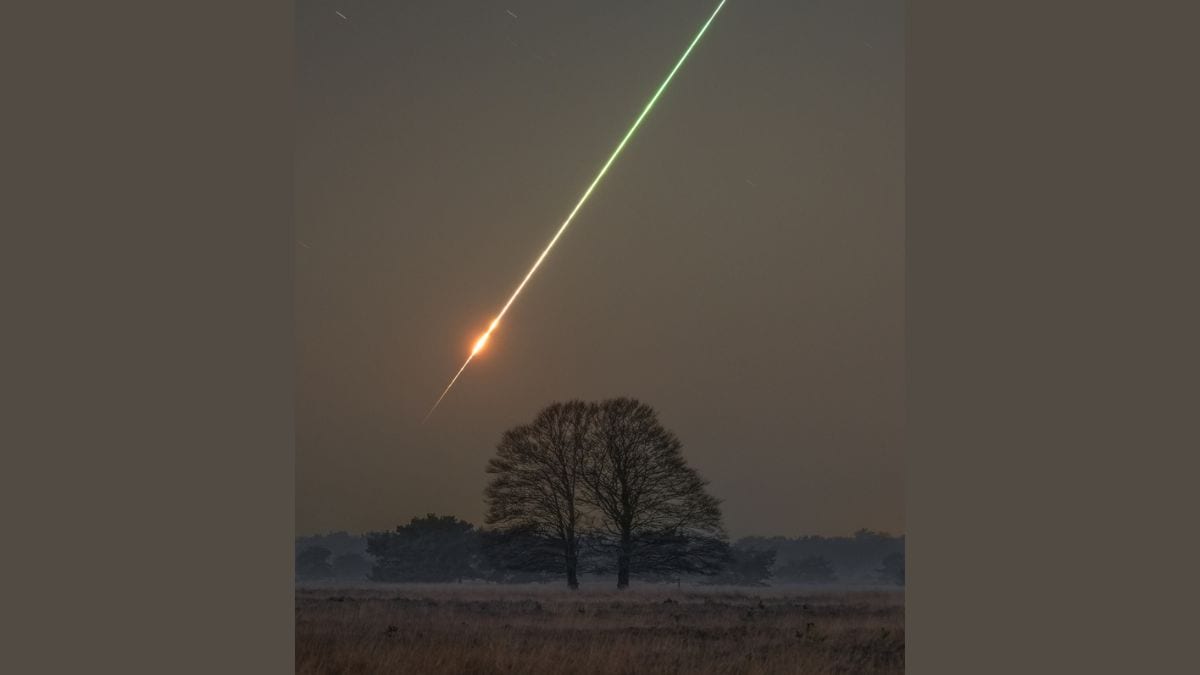
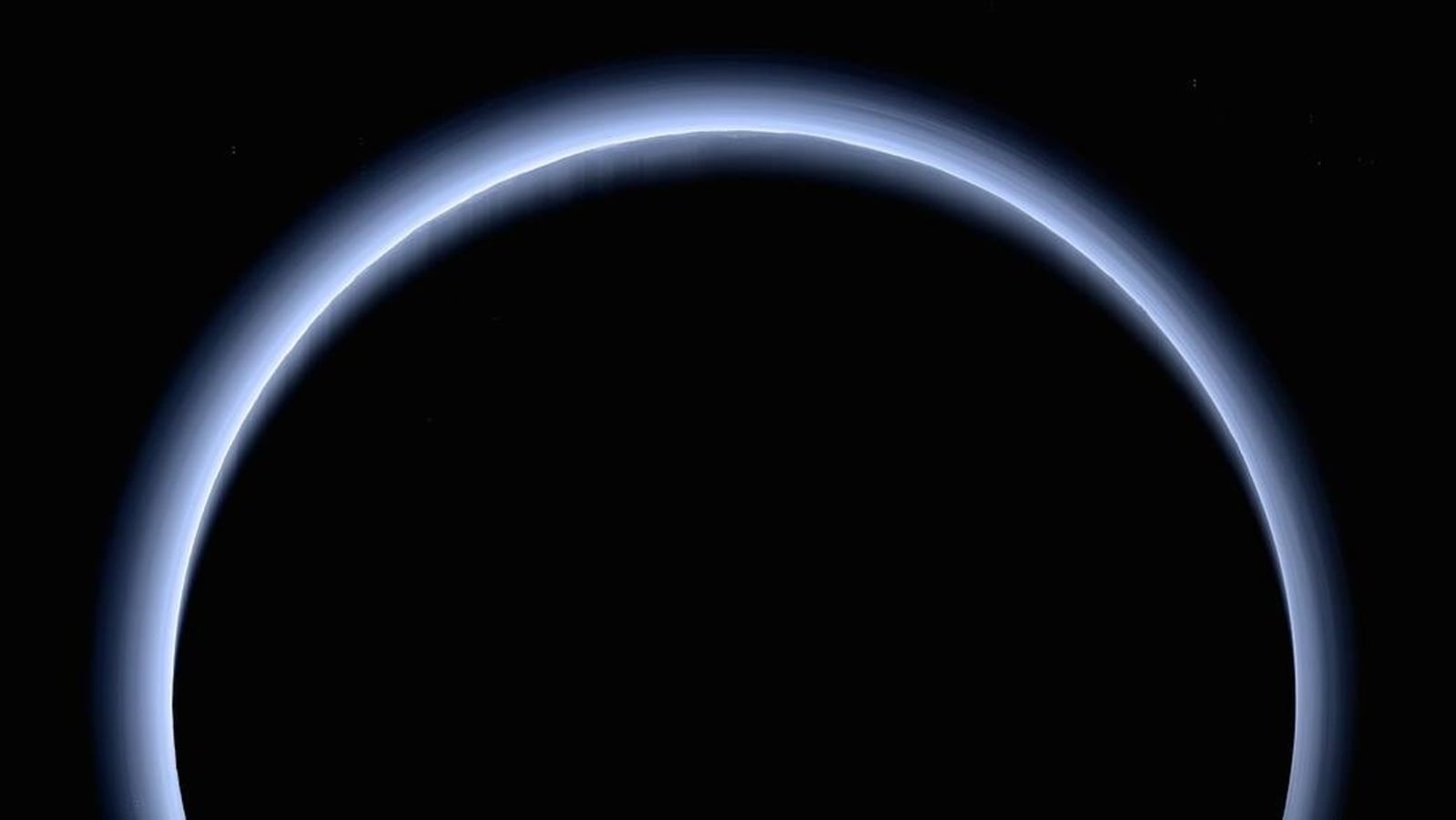
 View all Images
View all ImagesNASA has just revealed an amazing photo of Pluto with a blue halo glowing all around it. The image was captured by NASA's New Horizons spacecraft back on July 14, 2015. When this photo was taken, New Horizons was approximately 120000 miles or 200,000 kilometers from Pluto. What caused it? "The smog present in Pluto's atmosphere is thought to be a result of the reaction between sunlight and methane and other molecules," NASA said in a blog.
The space agency further explained that this process creates a complicated blend of hydrocarbons that accumulate into tiny haze particles, which disperse blue light. As these particles gradually descend through the atmosphere, they generate several complex horizontal layers that span heights of more than 120 miles, around 200 kilometers.
NASA also revealed that the image which is shown in approximate true colour was actually “constructed from a mosaic of six black-and-white images from the Long Range Reconnaissance Imager, with colour added from a lower resolution Ralph/Multispectral Visible Imaging Camera colour image.”
About NASA's New Horizons mission
New Horizons was launched back on January 19, 2006. It flew by Jupiter in February 2007 to gain a gravitational boost and conduct scientific research. During the summer of 2015, the spacecraft embarked on a six-month-long flyby study of Pluto and its moons, ultimately achieving its closest approach to Pluto on July 14, 2015. According to NASA, the New Horizons mission is aiding comprehension of celestial bodies on the periphery of our solar system by carrying out the initial understanding of the dwarf planet Pluto and diving deep into the distant and mysterious Kuiper Belt.
The National Academy of Sciences has ranked the exploration of the Kuiper Belt, which includes Pluto, as the most important for studying the solar system. New Horizons, in general, aims to determine the place of Pluto and its moons in relation to other solar system objects such as Earth, Mars, Venus, and Mercury
Catch all the Latest Tech News, Mobile News, Laptop News, Gaming news, Wearables News , How To News, also keep up with us on Whatsapp channel,Twitter, Facebook, Google News, and Instagram. For our latest videos, subscribe to our YouTube channel.




























